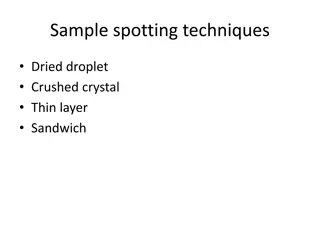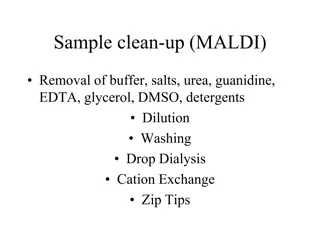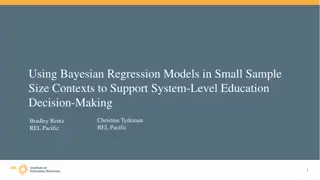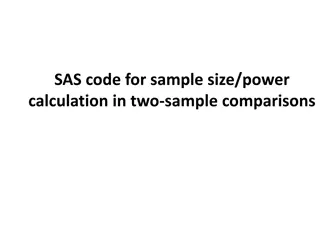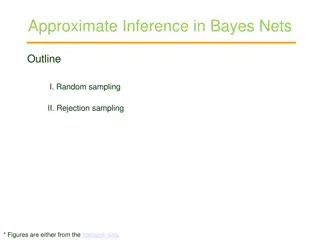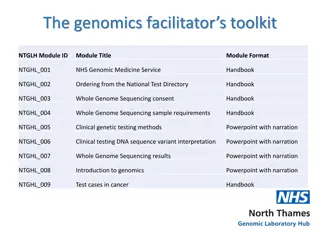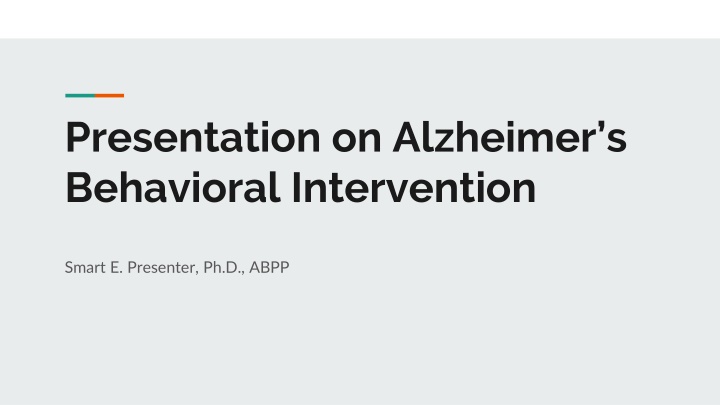
Alzheimer's Behavioral Intervention Overview
Explore the impact of behavioral interventions in Alzheimer's care, including demographic influences and future directions. Discover the prevalence of Alzheimer's in different populations and the need for more inclusive research practices. Gain insights into cultural adaptations that enhance intervention outcomes and the importance of representative study participants for accurate conclusions.
Download Presentation

Please find below an Image/Link to download the presentation.
The content on the website is provided AS IS for your information and personal use only. It may not be sold, licensed, or shared on other websites without obtaining consent from the author. If you encounter any issues during the download, it is possible that the publisher has removed the file from their server.
You are allowed to download the files provided on this website for personal or commercial use, subject to the condition that they are used lawfully. All files are the property of their respective owners.
The content on the website is provided AS IS for your information and personal use only. It may not be sold, licensed, or shared on other websites without obtaining consent from the author.
E N D
Presentation Transcript
Presentation on Alzheimers Behavioral Intervention Smart E. Presenter, Ph.D., ABPP
Presentation Goals Review the rationale for, and published literature on, behavioral interventions. Review the procedure and introduce pilot data on a novel behavioral intervention. Discuss demographic influences, limits to interpretive power, and future directions.
Epidemiology 1 in 10 Americans over the age of 65 have Alzheimer dementia. Although incidence is declining in high-income countries, number of cases are expected to double as overall population ages. Incidence is currently greater in high-income countries, but expected to shift to low-income countries as longevity increases while health systems ability to proactively address risk factors remains low. The prevalence and lifetime risk is almost twice as high among women This is believed due to women s greater longevity, as same-age incidence is roughly equivalent. The prevalence and risk is higher among Black American & Latinx individuals Although there are different rates of APOE pairs among groups, but does not fully explain size of prevalence differences Differences in risk-increasing medical conditions (e.g., hypertension) and socioeconomic factors (e.g., education level & quality, poverty) appear to account for greater proportion of prevalence difference Alzheimer s Association, 2019; World Health Organization, 2015
Intervention: Broader Relevance It is unclear, however, whether these effects are consistent across a range of groups. Samples in the reviewed studies were fairly homogeneous, and subgroup/moderation analyses for outcome variables were not performed. In general, cultural adaptations of behavioral interventions for mood increase outcome effect sizes (g = .52). A cultural adaptation of cognitive stimulation was found to be more acceptable and enjoyable for Indian elders. A cultural adaptation of an education program found better information retention for Latinx caregivers. Gallagher-Thompson et al., 2015; Nagayama-Hall et al., 2016; Raghuraman et al., 2017
Future Directions: Continued Pathological confirmation of Alzheimer disease is limited due to disparities in brain bank enrollment (e.g., 4% of brain donations were Latinx). There needs to be inclusion of participants that are more representative of the US s demographics. This may require limiting common barriers (e.g., time/availability of intervention, transportation assistance). Relevant numbers for subgroups should be reported and, if possible, analyses should be conducted. This will facilitate robust and informative meta-analyses. Bilbrey et al., 2018





